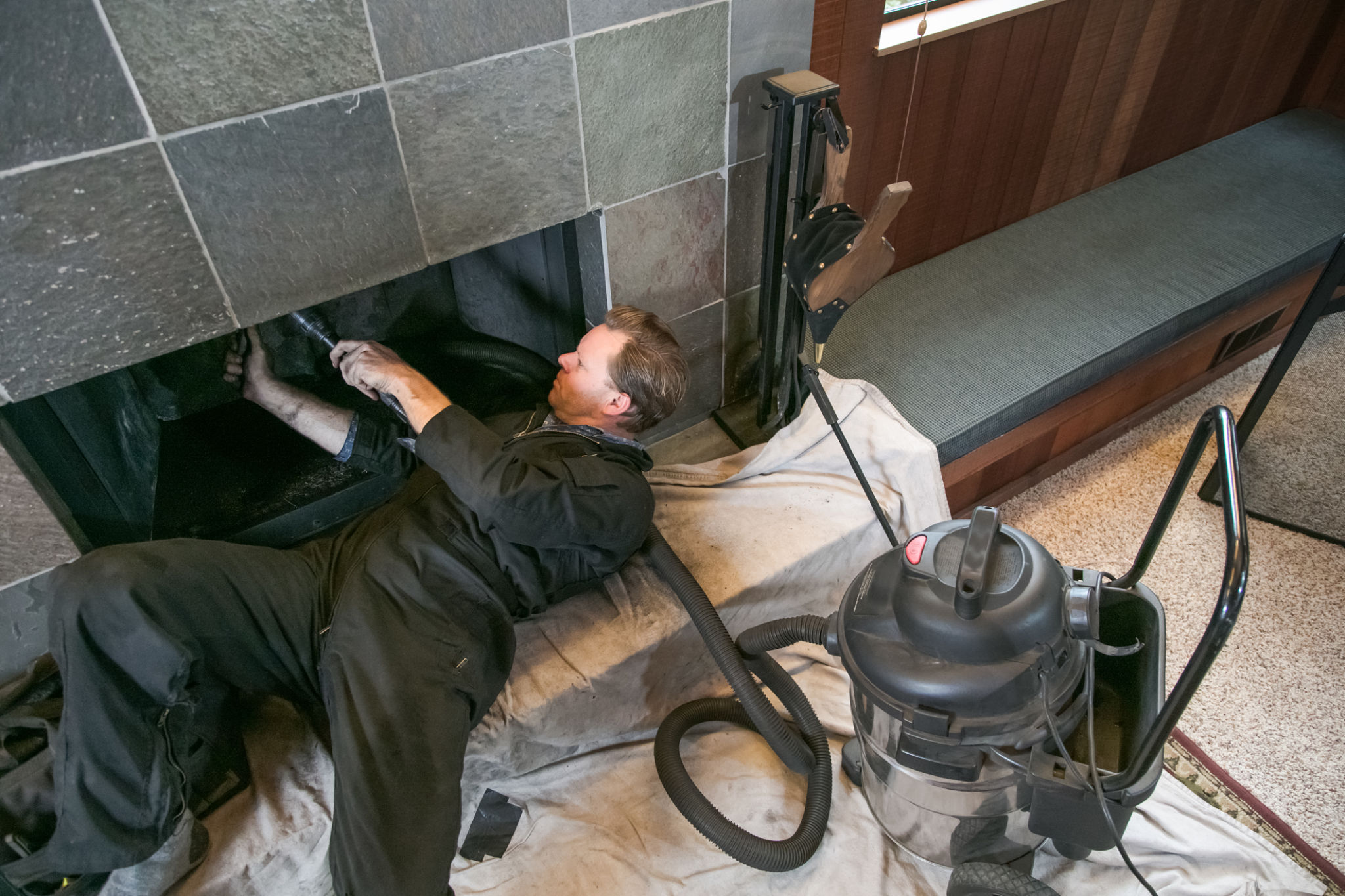Top Myths About Gas Fireplace Safety Debunked
Understanding Gas Fireplace Safety
Gas fireplaces are a popular choice for homeowners seeking warmth and ambiance without the hassle of traditional wood-burning fireplaces. However, misconceptions about their safety can lead to unnecessary concerns. In this article, we’ll debunk some of the most common myths about gas fireplace safety.

Myth 1: Gas Fireplaces Are Prone to Explosions
One of the most prevalent myths is that gas fireplaces are highly explosive. While this fear is understandable, modern gas fireplaces are equipped with numerous safety features designed to prevent such incidents. They include automatic shut-off valves and safety screens, ensuring that the gas is contained and controlled effectively.
Regular maintenance and professional installation further minimize any risks. Hiring a certified technician to install and inspect your gas fireplace can provide peace of mind and ensure that everything is functioning correctly.
Myth 2: Gas Fireplaces Produce Harmful Fumes
Some believe that gas fireplaces emit dangerous fumes that can be harmful to health. In reality, when properly vented and maintained, gas fireplaces produce minimal emissions. Ventless models are designed to burn fuel efficiently, ensuring that combustion byproducts are minimized.

It's crucial to follow manufacturer guidelines and have your fireplace inspected regularly. This ensures that the venting system is clear and functioning properly, preventing any potential buildup of carbon monoxide.
Myth 3: Gas Fireplaces Are Inefficient
Another misconception is that gas fireplaces are not efficient in heating spaces. Contrary to this belief, gas fireplaces can be highly efficient, often converting more than 70% of fuel into usable heat. This efficiency means they can warm a room quickly and maintain a consistent temperature.
- Zone heating capabilities allow targeted warmth.
- Thermostatic controls ensure optimal temperature regulation.
- Sealed combustion units increase energy efficiency.

Myth 4: Gas Fireplaces Require Constant Maintenance
While maintenance is necessary for any heating appliance, gas fireplaces often require less upkeep than wood-burning counterparts. With no ash to clean or chimneys to sweep, maintaining a gas fireplace is typically a straightforward process.
Annual inspections by a certified technician can help ensure that all components are in good working order. Simple tasks like checking the pilot light and cleaning the glass front can often be done by homeowners themselves.
Conclusion
Gas fireplaces offer a safe, efficient, and low-maintenance option for home heating. By debunking these common myths, we hope to provide clarity and confidence for those considering a gas fireplace installation. Always prioritize professional installation and regular maintenance to enjoy the full benefits of your gas fireplace safely.